Onions
OkiePokie
12 years ago
Related Stories
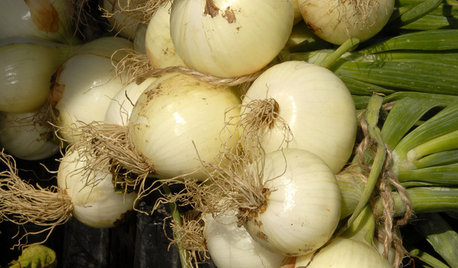
COOL-SEASON CROPSCool-Season Vegetables: How to Grow Onions
Essential for a cook's garden, onions come in many varieties and show staying power on the shelf
Full Story
FALL GARDENINGGreat Design Plant: Low-Maintenance Allium Cernuum
Nodding onion is a Mid-Atlantic native bulb with beautiful midsummer blooms
Full Story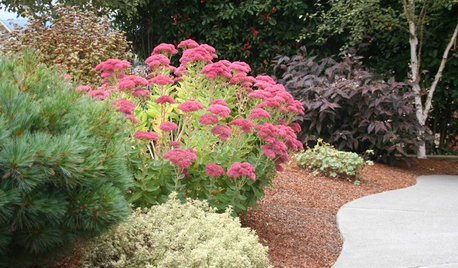
GARDENING GUIDESPacific Northwest Gardener's August Checklist
Deadheading perennials, cutting raspberry canes and preparing for the onion harvest keeps Northwest gardeners busy in August
Full Story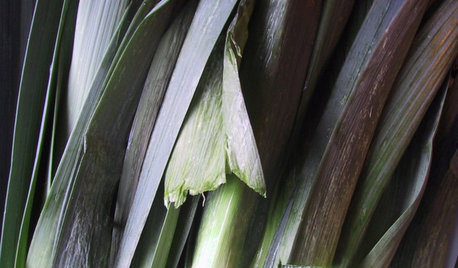
COOL-SEASON CROPSCool-Season Vegetables: How to Grow Leeks
Elegant in the garden and handy in the kitchen, onion-related leeks are worth the effort
Full Story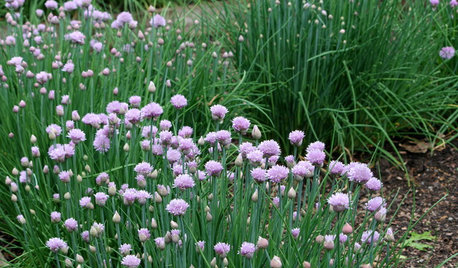
HERBSHerb Garden Essentials: How to Grow Chives
This decorative and delicately flavored herb from the onion family is easy to grow indoors and out
Full Story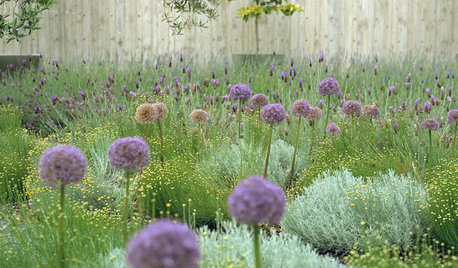
GARDENING GUIDESGreat Design Plant: Ornamental Allium
Lollipop blooms on tall, leafless stems add an architectural element to gardens of all styles
Full Story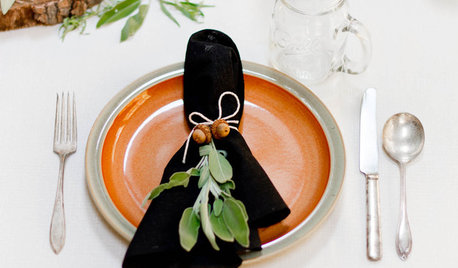

KITCHEN DESIGNIdea of the Week: Clear Some Counter Space
Tuck away the toaster for a clean look and easy access
Full Story
ARCHITECTUREStates of Style: The Alaskan Frontier
All isn’t raw and rustic in this frontier state. See how nature’s influence meets eclectic style in Alaskan homes
Full Story
Love Travel? Let Your Interior Take Wing
Vintage airline posters, model biplanes and propellors add adventure to a space
Full StorySponsored
More Discussions






Okiedawn OK Zone 7
OkiePokieOriginal Author
Related Professionals
Arnold Landscape Architects & Landscape Designers · Surprise Landscape Contractors · Amesbury Landscape Contractors · Edinburg Landscape Contractors · Flagstaff Landscape Contractors · Huntington Landscape Contractors · Indianapolis Landscape Contractors · Lake Saint Louis Landscape Contractors · Milton Landscape Contractors · New Providence Landscape Contractors · Riverview Landscape Contractors · Spring Landscape Contractors · Baltimore Decks, Patios & Outdoor Enclosures · Novi Decks, Patios & Outdoor Enclosures · Salt Lake City Decks, Patios & Outdoor EnclosuresOkiedawn OK Zone 7
OkiePokieOriginal Author
Okiedawn OK Zone 7